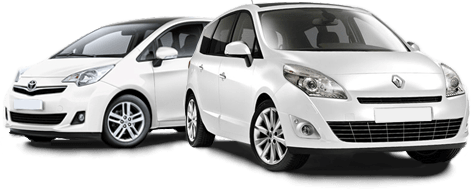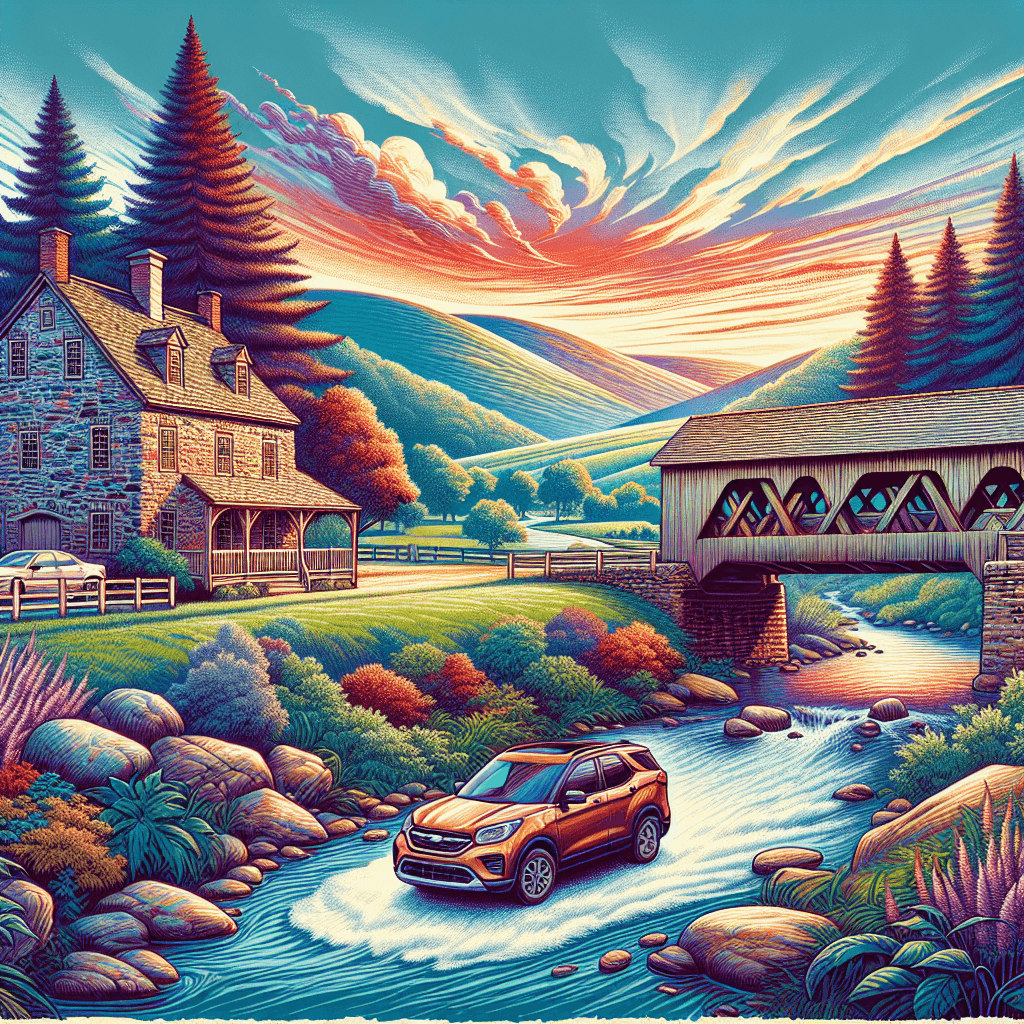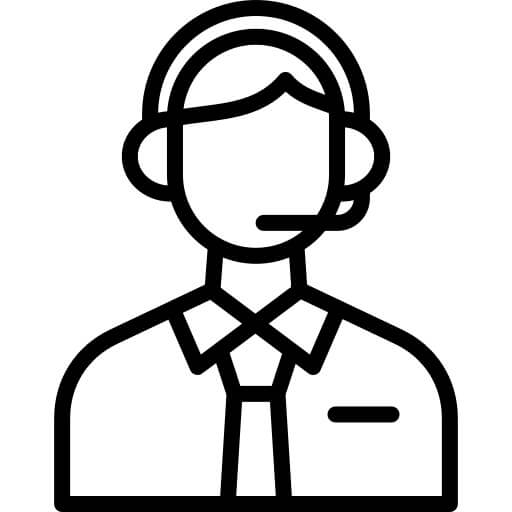Car Rental in Pennsylvania | Book at Unbeatable Prices

Compare Prices and Book from the Top Car Rentals






Car Rental in Pennsylvania
An All-encompassing Trip Across the Keystone State

Welcome to Pennsylvania, a state of immense diversity and rich history. From the sprawling metropolis of Philadelphia, the birthplace of American democracy, to the rustic beauty of the Pennsylvania Dutch Country, there's something for everyone here. Explore its stunning landscapes, rich history, diverse cultures, and a vibrant arts scene. Venturing across Pennsylvania in a car is an excellent way to enjoy the state's scenic vistas while covering vast distances.
Begin your journey in Philadelphia, known for its iconic Liberty Bell, Independence Hall, and Rocky Steps, this city offers a deep dive into the nation's history. From there, drive to the Hershey’s Chocolate World for a sweet experience. Not far from Hershey, in Lancaster County, you can step back in time with the Amish community's simple way of life. The drive through the rolling hills and farmlands is a visual delight.
If you love outdoor adventure, do not miss Ricketts Glen State Park with its 22 named waterfalls. Head west to encounter the beauty of the Pocono Mountains or drive towards Ohiopyle State Park, a haven for white-water rafting. Wrap up your trip in the progressive city of Pittsburgh, where technology, arts, and an outdoor lifestyle fuse together like nowhere else. This itinerary can easily take a week or more, depending on the extent of your exploration.





